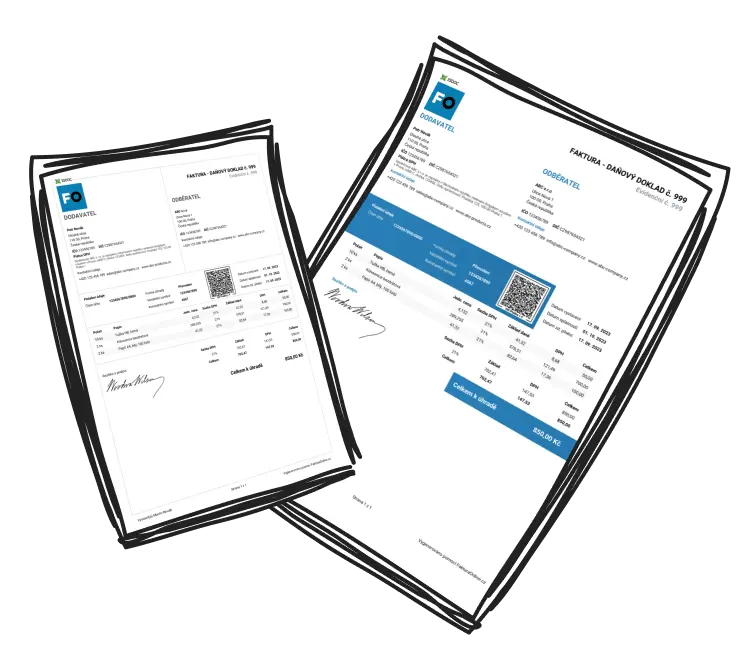Investing involves numerous terms and tools. This investment glossary provides a concise overview of the key terms every investor should know.
Stocks
Stocks represent ownership in a company. When you buy stocks, you become a shareholder and have the right to share in the company’s profits (dividends) and vote at shareholder meetings. Stocks are riskier investments, but offer high returns potential.
Bonds
Bonds are securities issued by governments or corporations to raise funds. By investing, you become a creditor, receiving interest payments and getting back the nominal value at maturity.
ETF (Exchange-Traded Fund)
ETFs are investment funds traded on the stock exchange. They allow investors to invest in a diversified portfolio of assets like stocks, bonds, or commodities. ETFs are liquid and low-cost, ideal for those looking to diversify.
Mutual Funds
Mutual funds pool money from multiple investors and invest it across various assets. They provide diversified portfolios and profits shared among investors.
Diversification
Diversification spreads investments across assets (stocks, bonds, real estate) to reduce risk and achieve more stable returns. A diversified portfolio helps mitigate risks.

Tip for investors:
Focus on diversification to reduce risk and improve portfolio stability.
Volatility
Volatility refers to price fluctuations. High volatility means quick and unpredictable price changes, increasing both risk and potential returns.
Commodities
Commodities are raw materials like gold, oil, wheat, or coffee, traded on commodity markets. Investing in them can hedge against inflation or diversify a portfolio.
CFD (Contract for Difference)
CFD is a tool that allows speculating on price movements of assets without owning them. Leverage lets you control a larger position with a smaller investment, but it also increases risk.
When using CFDs, it is essential to understand the leverage risks, which can significantly increase both your gains and losses.

Investment Horizon
Investment horizon refers to how long you plan to hold an investment. Short-term investments are less risky but yield lower returns, while long-term investments generally offer more stable returns.
Risk Profile
Risk profile indicates how much risk you’re willing to accept. Investors with a low-risk profile prefer safer investments, while those with a high-risk profile aim for higher returns, even with increased risk.
Leverage
Leverage allows controlling larger positions with less capital, amplifying both gains and losses.
Dividends
Dividends are a share of a company’s profits paid to shareholders. They can be in cash or additional shares of stock. Dividend-paying companies are typically more stable.
Liquidity
Liquidity is the ability to quickly turn an asset into cash without losing value. Stocks are highly liquid, while real estate is less so.
Growth vs. Value Stocks
Growth stocks offer high growth potential, but no dividends. Value stocks are undervalued and often provide stable dividends and lower risk.
Hedging
Hedging is used to protect against negative price movements by using options or commodities to offset potential losses.
Conclusion
This investment glossary provides an overview of the key terms every investor should know. Understanding these concepts will help you make informed investment decisions.

You might be interested in learning more about protecting your savings against inflation in this article: How to Protect Your Savings from Inflation.


